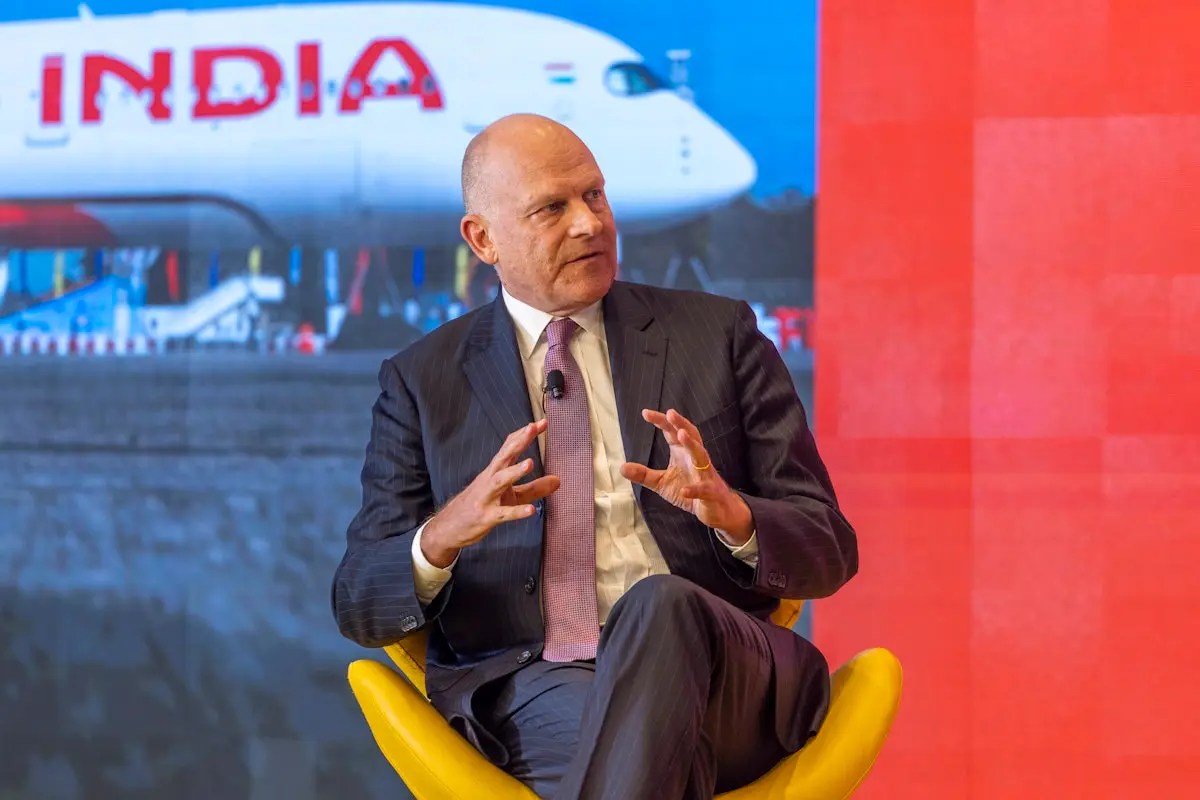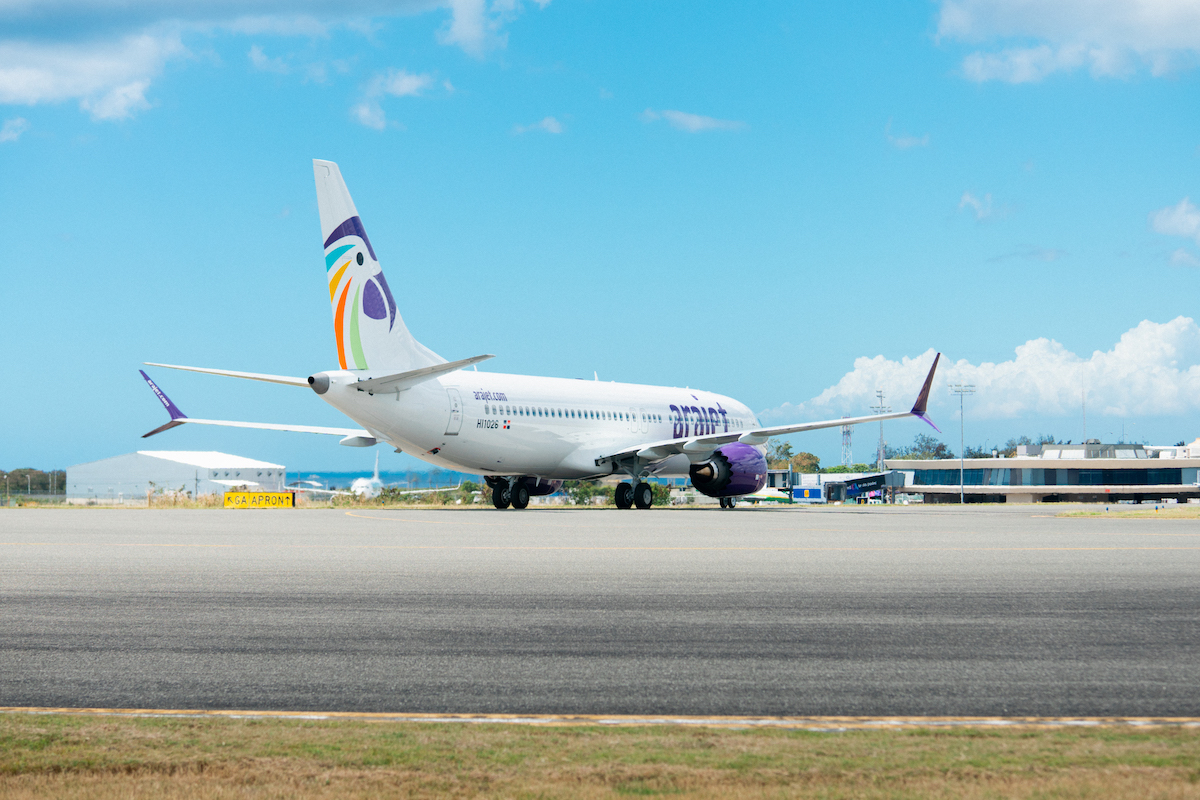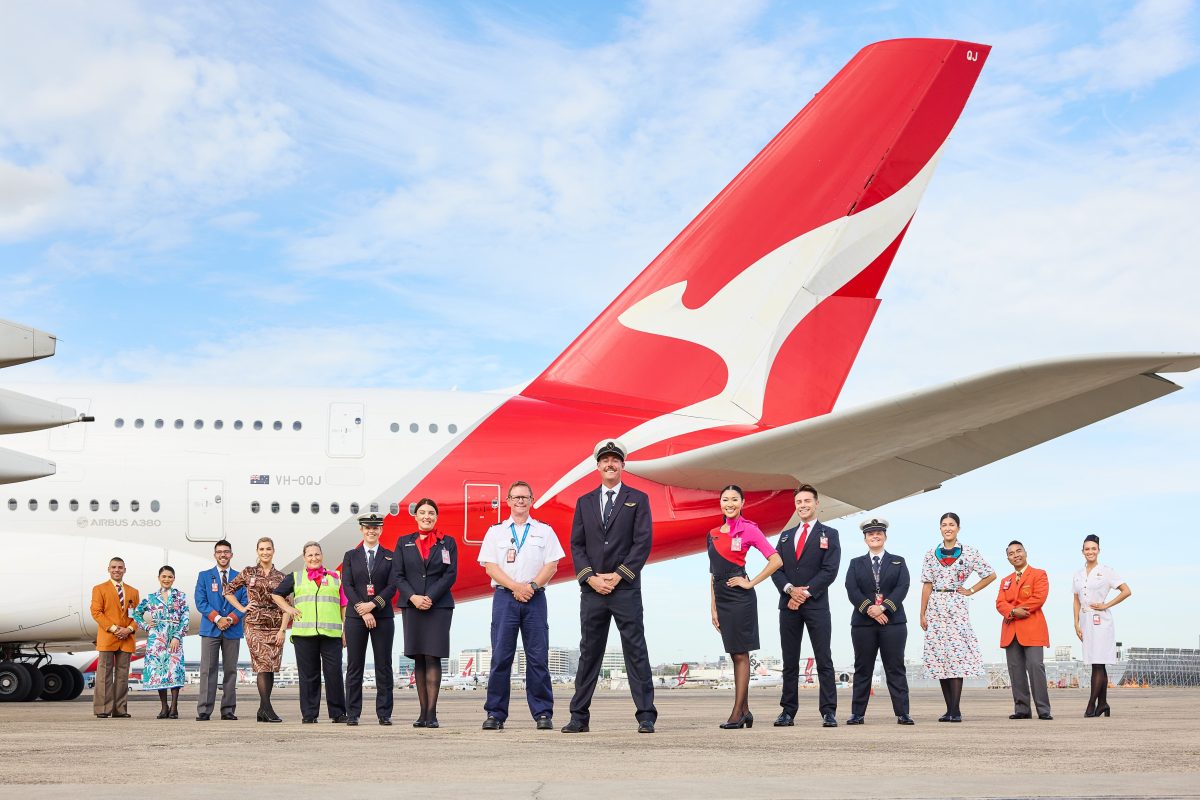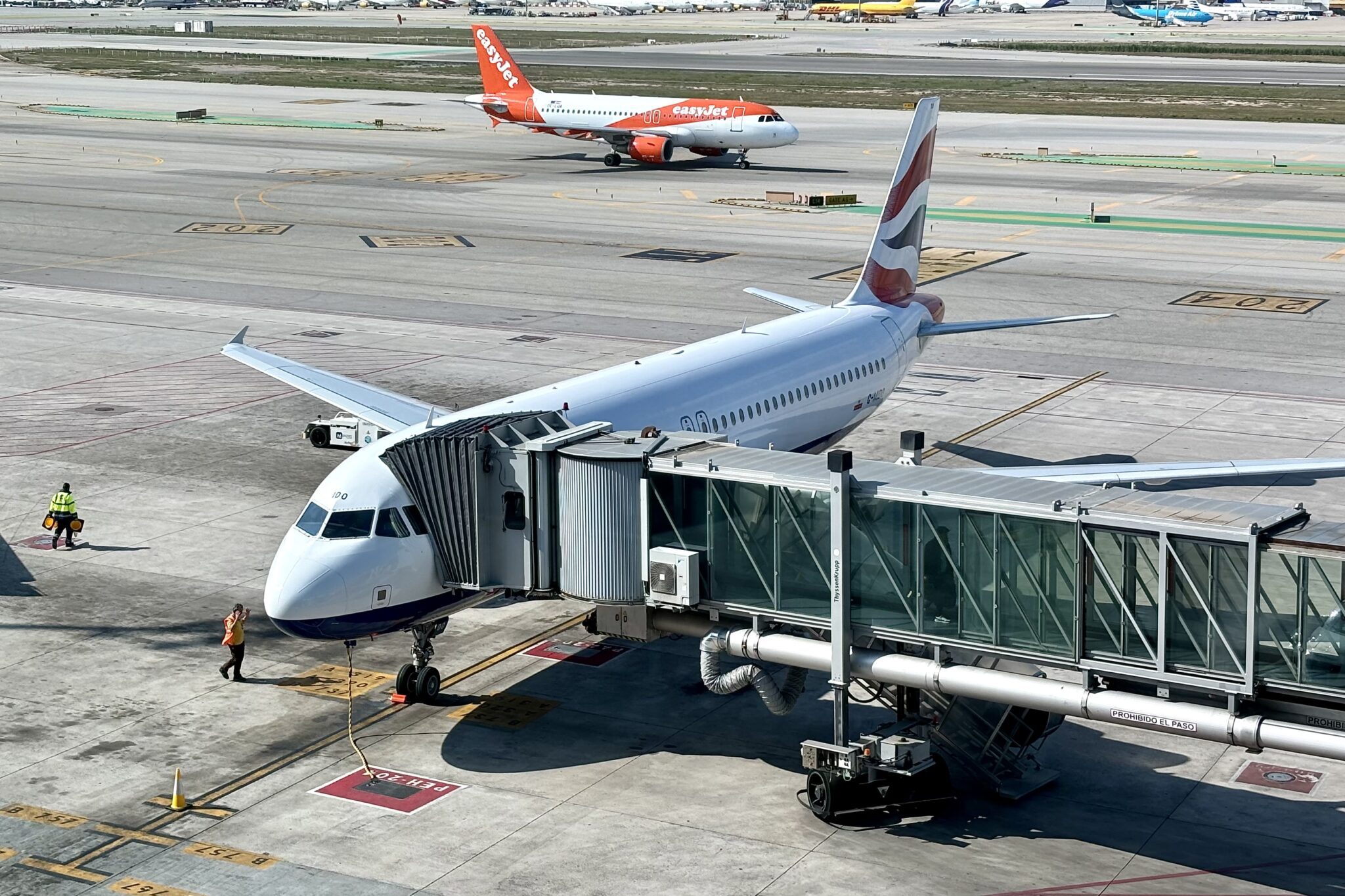Sun Country Flips to Loss as Pilot Shortages Limit Flying, Idle Planes
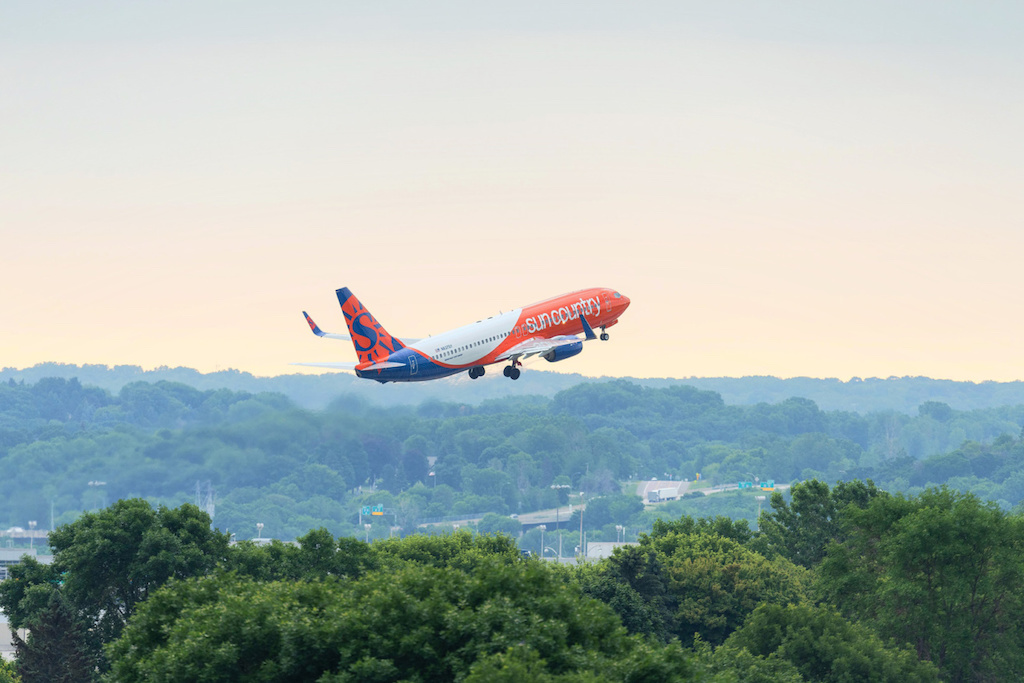
Sun Country Airlines is struggling with pilot staffing. The situation forced it to cut flying during the busy second quarter when it didn't have the crews to fly as much as it wanted, and contributed to an unexpected net loss for the Minneapolis-based carrier.
“We weren’t able to add ... flying due to crew constraints," CEO Jude Bricker said during Sun Country's second-quarter earnings call on Tuesday. Hardest hit was its lucrative scheduled passenger service, where capacity was down 6 percent compared to 2019, because the airline had to assign pilots to its other business segments — cargo and charter flying — to fulfill contractual obligations.
For comparison, in the first quarter, Sun Country's scheduled passenger capacity was up 8 percent year-over-three-years.
But pilot hiring and retention is not the problem for Sun Country that it is at other airlines. Training is the largest bottleneck for the carrier. Sun Country is training roughly four-times the number of cockpit crew members that it did before the pandemic, and about a third of all of its first officers are in the process — and unable to operate passenger flights — Bricker said. Pilots are moving through the pipeline but the situation is not expected to fully ease before the end of the year.
"Our main focus at Sun Country is to staff our airline to get back to 2019 utilization levels on our passenger fleet as quickly as possible," Bricker said. Aircraft utilization in June was roughly 30 percent lower than three years ago.
Nearly every major U.S. carrier is flying less this summer due to staffing. American Airlines and Delta Air Lines also face pilot training backlogs, while United Airlines has been forced to cut smaller destinations due to staffing issues at its regional affiliates, including SkyWest Airlines. And JetBlue Airways, once a career airline for many pilots, has been characterized as a "stepping stone" carrier following executives view of permanently higher attrition levels compared to before the pandemic.
Staffing, plus the combination of weather, air traffic control constraints, and elevated numbers of staff out sick with Covid, have forced U.S. airlines to fly significantly less this summer than they wanted. In a June letter to Transportation Secretary Pete Buttigieg, Airlines for America CEO Nicholas Calio said the the industry capacity cuts amounted to 15 percent less than plans at the beginning of the year. That has translated to record revenues and strong yields, but also high fares for travelers.
Sun Country saw revenues jump 29 percent versus 2019 to $219 million during the second quarter. Total unit revenues for its scheduled passenger business increased 29 percent. At the same time, unit costs excluding fuel and other special items increased 15 percent mostly driven by the lower capacity. The airline reported a $3.4 million operating profit and 2 percent operating margin in the June quarter. Its net loss was $3.9 million.
But Bricker is confident in the outlook. Given the unique structure of Sun Country's network, its best quarter is the January-to-March period, which gives it time to work through its pilot training backlog. Demand is robust and growth is planned later this year as more crew members complete training. In addition, falling oil prices only improve the airline's financial outlook.
"We don’t see any pullback in demand from where we were in peak July," he said. "There is no indication in our forward bookings of any weakness.”
For the third quarter, Sun Country expects a massive 40 percent jump in total unit revenues compared to 2019. Total revenues are forecast to increase 25-28 percent year-over-three-years, with an operating margin of 3-5 percent. Block hours, which includes passenger capacity as well as Sun Country's charter and cargo flying, will be up 17-21 percent versus 2019.
